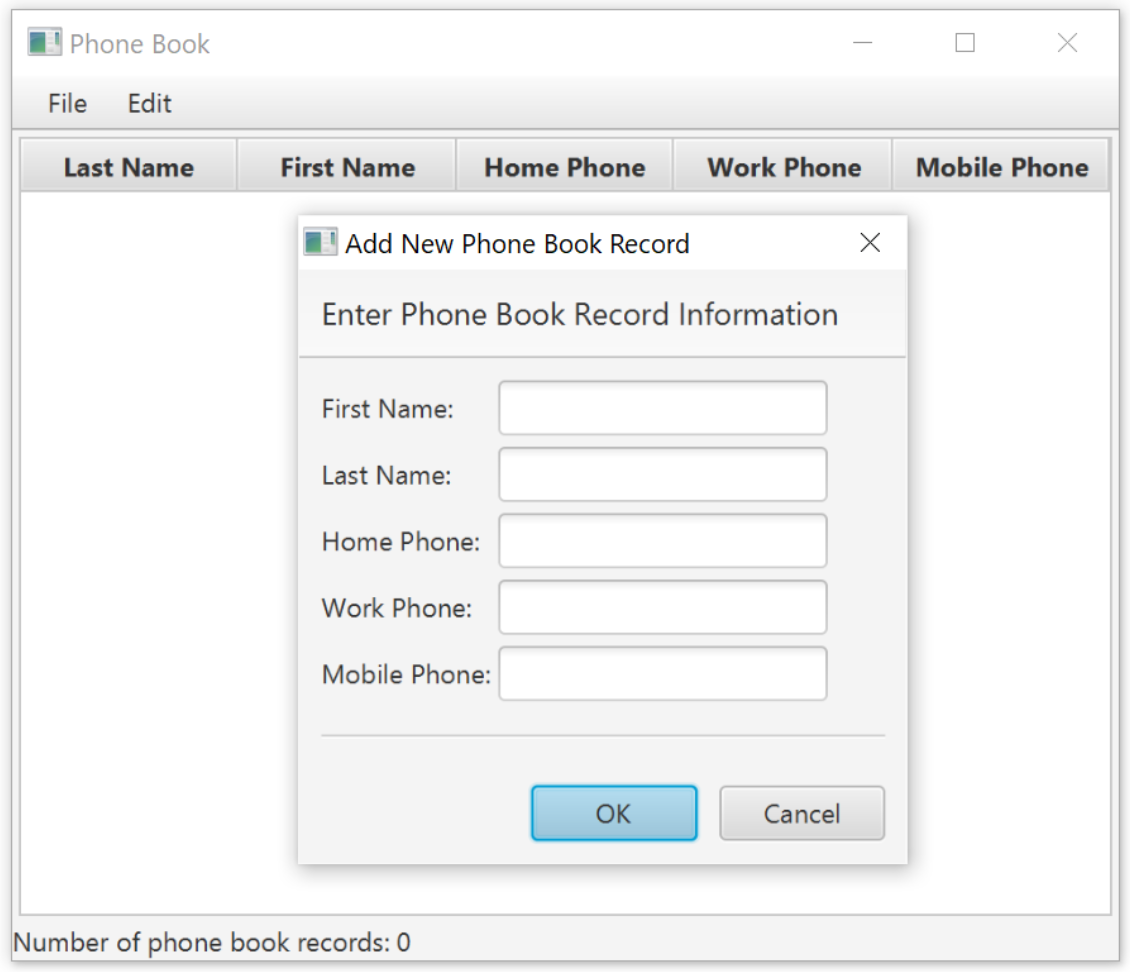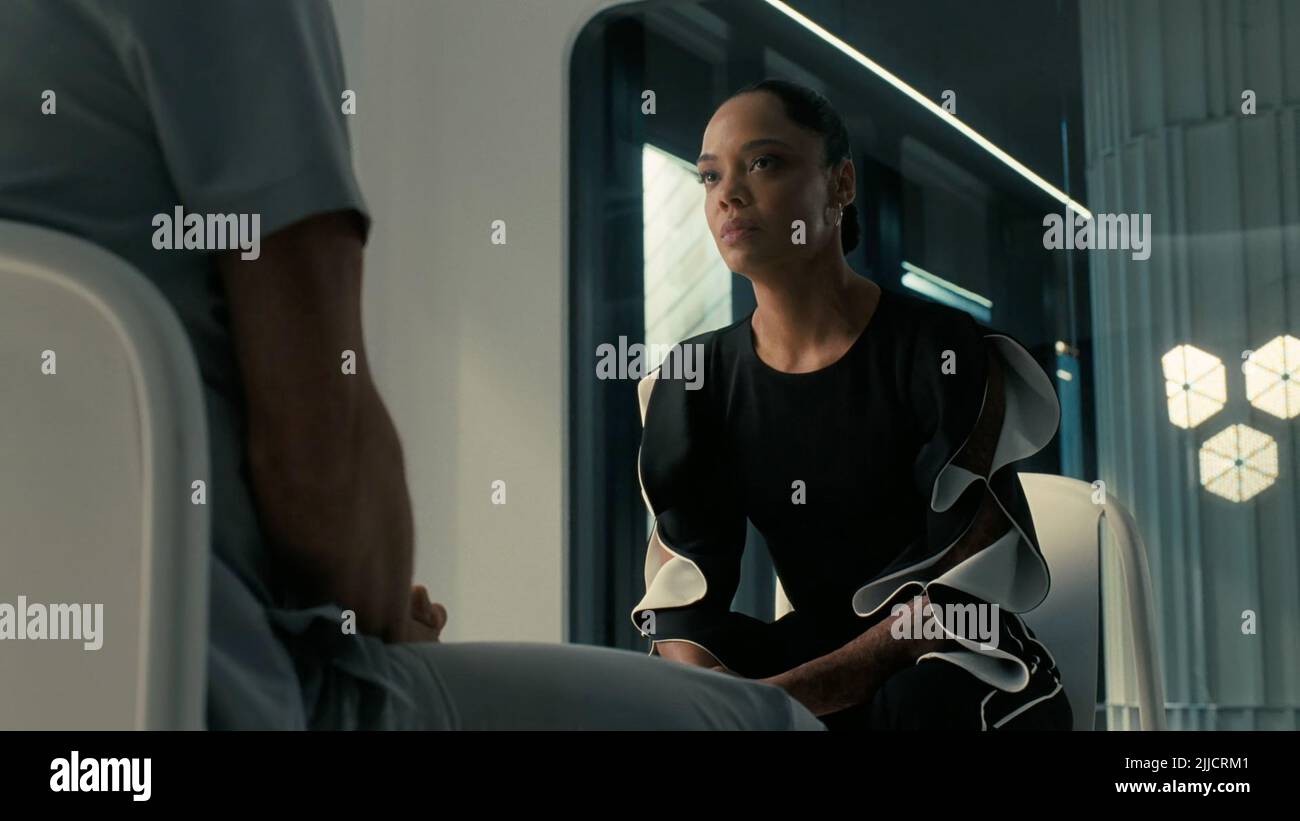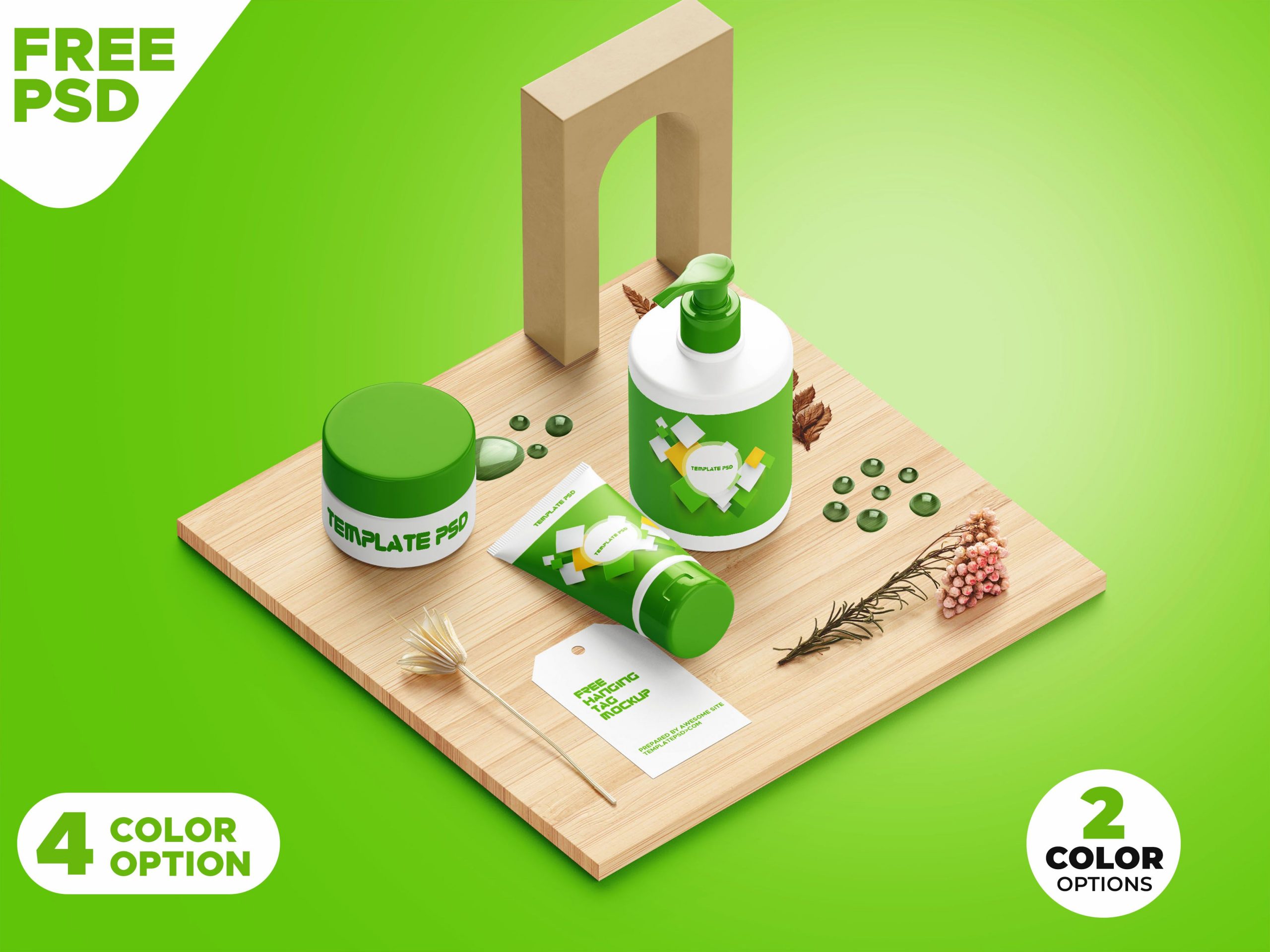

By using the Stylesheets list view in the JavaFX CSS subsection of the Properties section of the Inspector panel, you can assign a CSS file to use on a selected UI element in your FXML layout if that UI element is either a container or a UI control. You can add the CSS rules at the Scene level, within a given container, or by an inline styling at the Node level. The changes you save in the CSS file that is used by the current FXML layout displayed in the Content panel is immediately rendered by Scene Builder. Scene Builder currently does not generate CSS files, but enables you to use your local CSS editor to create and modify your CSS file. You can customize the style used in your application by changing the component's properties via the Properties section of the Inspector panel or by defining your own styling rules in a CSS file. Scene Builder immediately renders this predefined JavaFX style when you drag the UI control from the Library panel to the Content or Hierarchy panel.

The JavaFX UI controls used by Scene Builder are pre-styled with a default JavaFX look and feel. This chapter describes the Cascading Style Sheet (CSS) support and describes the CSS Analyzer feature that JavaFX Scene Builder provides. Let’s take a look at how we can use it.10 Skinning with CSS and the CSS Analyzer SwiftUI provides us the ToolbarContent protocol that allows us to create a struct representing a reusable toolbar. We can also create a dedicated type defining our toolbar that we can reuse across the app.

BUTTONBAR NOT IN SCENE BUILDER SOFTWARE
On iOS, keyboard items are above the software keyboard when present. keyboard - The item is placed in the keyboard section.bottomBar - The item is placed in the bottom toolbar.For example, you can use it to customize the navigation bar’s title view on iOS. principal - The item is placed in the main item section.There are also a bunch of platform-specific placement options. You can use it in your modal screens that delete some data. destructiveAction - The item represents a destructive action for a modal interface.cancellationAction - The item represents a cancellation action for a modal interface.You can use it in your sheets to confirm saving action. confirmationAction - The item represents a confirmation action for a modal interface.There are placement options that we can use only in toolbars presented by a modal view. Usually, SwiftUI places this item in the navigation bar on iOS or on top of other views on watchOS. primaryAction - The item represents a primary action.automatic - The item is placed in the default section that varies depending on the current platform.There are multiple placement opportunities. SwiftUI can put your toolbar item in different places, depending on the value of the placement parameter. SwiftUI hides all the magic of toolbars behind ToolbarItemPlacement struct. The second one is ViewBuilder closure that SwiftUI uses to build the view representation of your action. The first one is placement, which is the instance of ToolbarItemPlacement struct. We use ToolbarItem struct to declare an action. The toolbar modifier accepts the ToolbarContentBuilder closure, which is very similar to ViewBuilder function builder, but instead of views, it uses ToolbarItems. Import SwiftUI struct ContentView : View Īs you can see in the example above, SwiftUI provides us the toolbar modifier that we can use to build toolbar items.


 0 kommentar(er)
0 kommentar(er)
